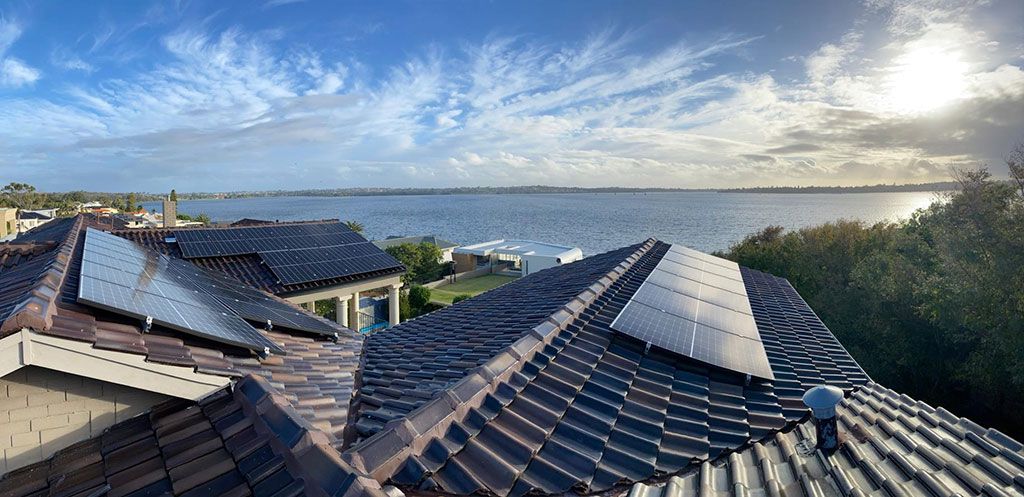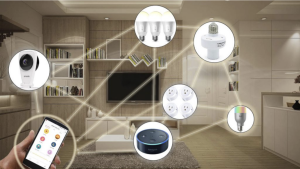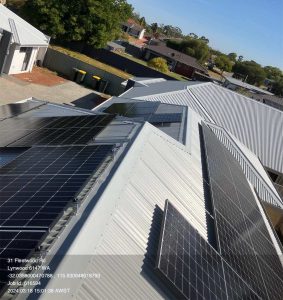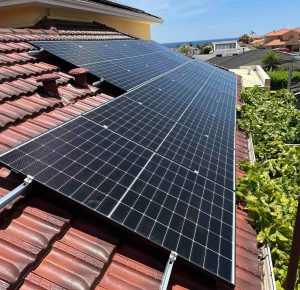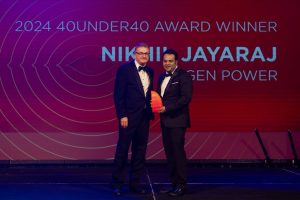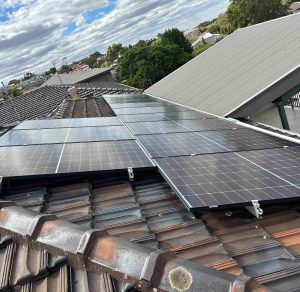What is solar panel efficiency?
A solar panel’s efficiency is generally determined by its ability to convert sunlight into usable energy. The panel’s area is the major decisive factor when deciding efficiency rather than power. Above all, sunlight that falls on the solar panel cells is the prime consideration. However, other factors like dust, climate, etc. also affect the efficiency.
The solar panel shows cent percentage efficiency when the panel can convert the available total sunlight into usable energy. However, cent percentage efficiency is impossible in most cases. Even, the latest solar panels are providing an average of 21% to 22% efficiency. In addition, most of the panels installed 2021 are with 19% efficiency. Most importantly, use highly efficient premium inverters instead of cheap and high fault rate inverters.
Panel Efficiency measurement
A solar panel with an area of one square meter can produce 1kW of electricity at noon on the equator; then it can be called a 100% efficient panel. In other words, the panel would receive 1kW of sunlight and that gets turned into the same amount of electricity. If a panel with the same size produced 200W of power, then its efficiency can be calculated as 200W/1000W x 100 = 20%. It can be expressed in kW, then the equation becomes even simpler, as 0.2kW/1kW = 0.2. The ratio can be multiplied by 100 to get the value in percentage.

Why Efficiency is important for residential rooftop solar systems?
Panel efficiency is a considerable factor to ensure the quality of the system. Certainly, return on Investment also depends on efficiency. In addition to that, you can effectively maximize the utility of the available roof space. The less efficient panel may cause an increase in the number of cells in your solar system.
If you have boundless space and are ground-mounting solar panels in a field or empty lot, efficiency matters less compared to the rooftop installation, where getting the most out of limited space is important.
How long does solar panel efficiency long last?
Solar panel degrading rate is a crucial factor that determines the ability of solar panels to turn solar power into usable electricity. The performance warranty offered by solar panel manufacturers shows the worst-case degradation rate over the life of the panel as expressed in its end-of-life efficiency. Degradation is inevitable for any kind of product. Solar also faces degradation, so efficiency will come down when aging. You can expect an average of 0.1% to 0.5% annual degradation for panels.
Solar Panel Efficiency Testing Centers
There are various techniques to measure the panel’s efficiency. Panels are testing at accredited test centers under standard conditions. Here is the list of some the top testing centers.
List of Recognized Test Centers
- European Solar Test Installation (ESTI)
- Fraunhofer-Institute for Solar Energy Systems (FhG-ISE)
- National Institute of Advanced Industrial Science and Technology (AIST)
- National Renewable Energy Laboratory (NREL)
- Physikalisch-TechnischeBundesanstalt (PTB)
- Sandia National Laboratories (Sandia)
These centers are testing hundreds of cells and modules each month. As a result, we get the latest updates regarding efficiency. Along with that, they consult with hundreds of entities on PV measurements and solar simulation each year. Among these centers, NREL’s photovoltaic (PV) device performance services include high-precision performance testing, certification, and calibration of PV cells and modules, governed by rigorous global standards and decades of experience and expertise.
High-Efficiency Panels
The cost of manufacturing is played the main reason for poor efficiency panels. However, recent improvements in technology reduced the cost of manufacturing as well as improved the quality of solar cells. Companies are started manufacturing N-type panels instead of standard P-Type Panels.
Cons of High-Efficiency Modules
One of the major cons is high efficient panels are costly. Even though it is costly, you can save money on installation and labor cost. Because of less number of panels in your system.
Pros of High-Efficiency Modules
Firstly, it is very useful where less installation area is available. Secondly, lower balance of system cost.
Top Brands Panel Efficiency
Company: Trina Solar
Model: Trina Vertex S+ Panels
Max efficiency: 21.9%
Specialty: Ultra-low Degradation, longer warranty, higher output
First-year degradation is 1% and annual degradation at 0.4%
25 years product warranty and 30 years power warranty
Company: JA Solar
Model: JA Deep Blue Panels
20 to 21% to 21.3%
.55% Annual Degradation over 25 Years
JA Solar panels have recently introduced the latest panels with 22.3% efficiency. These panels are called The DeepBlue 4.0 X panel.
The DeepBlue 4.0 X panels are available in three different versions, with 54, 72, and 78 cells. The smallest product has a power output of 435 W and a power conversion efficiency of 22.3%. Read more about late JA Panels
Company: Jinko Solar
Jinko Tiger N-type panels efficiency: 21.2 to 21.7%
Company: Longi Solar
Model: Longi Hi-Mo Panels
Efficiency: 20.9%
Company: Q Cells
Model: Q Cells Qboost solar panels
Efficiency: 21.4%
Company: Risen Solar
Risen Titan S Solar Panels
Efficiency: 21.6%
Company: Canadian Solar
Canadian HiKu6 Solar Panels
21.5%
Related Article:-
How do you really save money with the residential solar system?
